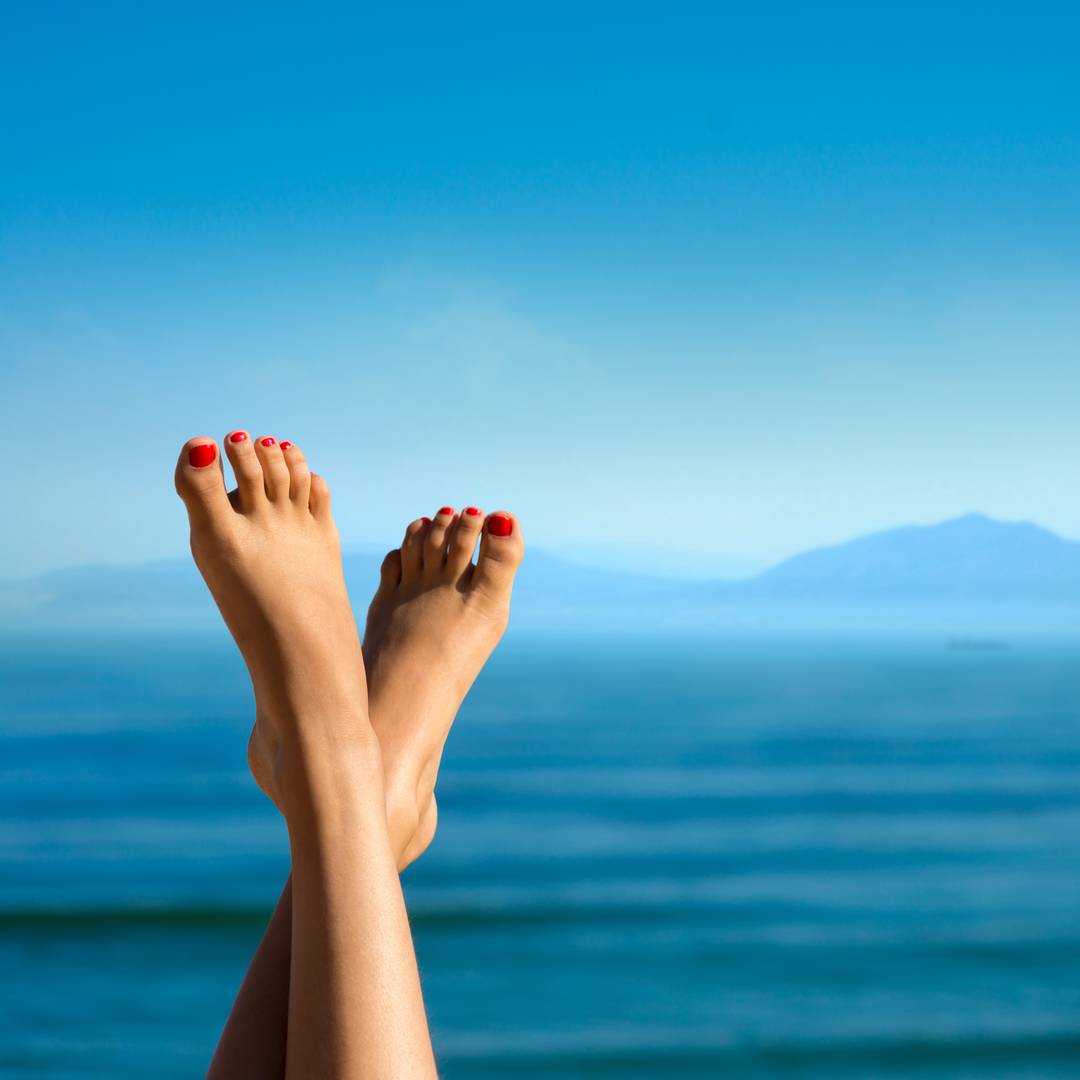It is important to learn the essentials of proper skincare for being in the sun.

If you have heard that the needs of your skin change with the brighter days and warmer weather of the spring and summer months, then you have heard right. In fact, there are important differences one should note. The products you select for your daily routine can impact your skin health and can help prevent sun damage and other skin health issues.
Understanding Sun Damage A Bit Better
Before telling you how to protect against sun damage, we want you to understand it and the need for protection. What is the sun’s impact on our skin?
There are three major definitions of sun damage:
- A sunburn is short-term, acute sun damage. There is an abrasion (redness, inflammation, and possibly blistering) on the skin which can be very painful. The immediate effects of sunburn generally resolve over time with proper burn care measures, but the permanent damage below the skin surface will show up later, as photodamage/photoaging.
- Photoaging is due to long-term unprotected sun exposure. Photoaging is attributed to 90% of the signs of aging such as wrinkles, pigment changes, leathery skin texture, a ruddy complexion, permanent redness, and broken/dilated blood vessels.
- A tan occurs when the skin darkens. This is a protective, autoimmune mechanism your skin undergoes to try to prevent damage to your cells caused by UV radiation. Your skin darkening to a tan is a sign that damage to your DNA is occurring. A tan is NOT safe. This is very important to note.
The Rays: UVA and UVB:
- UVA Rays are the ones that are able to go deep into the layers of the skin. It is these rays that cause damage to collagen, elastin, and blood vessels, as well as cause wrinkles. UVA is not only responsible for the photoaging damage and aging skin (see above) but is also deemed a Class 1 Carcinogen by the World Health Organization – meaning it is directly linked to the occurrence of melanoma and other skin carcinomas. UVA penetrates through glass and clouds and is equally intense all hours of daylight. This is why it is so important to wear sunscreen every day, even in the winter.
- UVB Rays are the cause of superficial skin damage, namely tan and sunburn. The damage done by these rays is visible in the short term but has lasting effects below the skin surface that can show up years later. UVB varies according to season and weather conditions. UVB is needed for Vitamin D protection but account for only 5% of the sun’s rays.
The overall takeaway message is that it is very important to protect your skin against the sun at all times. Prolonged sun exposure can cause a great deal of skin damage, beyond just photoaging, if your skin is left unprotected.
Protect! Always Protect.
Now that you understand what sun damage is and the types of sun damage that can occur, it’s important to discuss how to protect against it.
SPF Defined
What a lot of people do not realize is that SPF actually refers to the amount of time before burning from UVB rays (see above). So the higher amount of “SPF blocks” the more UVB rays are “blocked”. However, recall that UVB rays only account for 5% of UV rays. Therefore, although this does protect (to some degree) the sunburn and surface sun damage, it is those harmful UVA rays that need to be protected against as well.
A minimum of SPF 30 should always be used, and getting a sunscreen that is “broad spectrum” is necessary.
What is Broad Spectrum Protection?
This is the sun protection that is needed, always.
Broad Spectrum signifies coverage against both UVA and UVB rays is the most important thing to look for on a sunscreen label.
Also, recall that UVA rays are accessible at all hours of daylight. Therefore, re-application of a broad spectrum sunscreen is necessary while it is light out.
The Best Tips For Sun Protection:
-
Wear broad-spectrum sunscreen always.
-
Apply your sunscreen liberally. Apply it to all areas of the body including the face, head and neck, feet and hands.
-
Reapply. We recommend reapplying every two to three hours.
-
If possible, stay out of the sun when the heat is the most intense. This is generally between 10 am to 4 pm. During these times it is important to seek shade, take advantage of umbrellas on patios or on the beach, and remember to wear hats and protective clothing as well.
-
Wear sunglasses with approved protection in accordance with Health Canada regulations.
-
Don’t rely on sunlight for Vitamin D, consider taking a supplement.
-
Take care of your lips, apply sunscreen there as well.
-
Stay away from tanning beds. Period.
Optimal Choices in Sun Protection
At LiveYoung Medical, in Sidney BC, we are committed to providing the very best of choices for our patients, and their individual needs. This is why we carry products we personally recommend and use, at our clinic. We offer broad spectrum UVA/UVB sun protection from the elite lines Elta MD ™, colorescience ®, and Alumier MD in SPF 40-50. Our cruelty-free sunscreen formulas are developed by dermatologists and packed with antioxidants and other added skin nutrients. We aim to help you go makeup-free with our tinted sunscreens, which come in a variety of shades in both matte and sheer finishes.
Ask us about which sun protection is best for you and those you care for.
Learn about some of our products on our products page.
To learn more, please contact us directly. Our practice consists of a doctor and nurse duo, and we will be happy to discuss your skincare needs with you in detail.